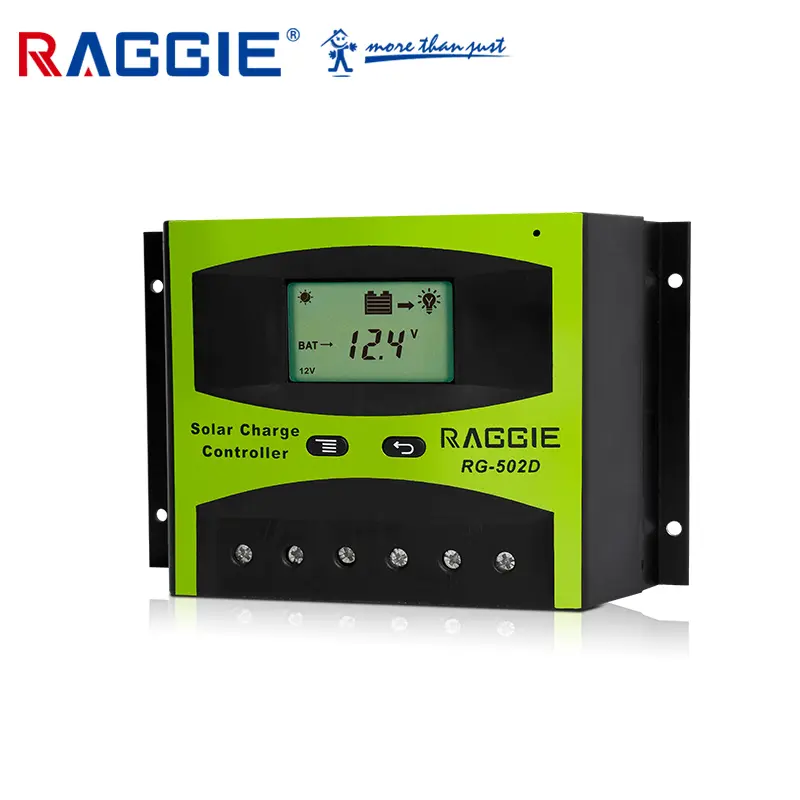How to set up solar charge controller
Setting up a solar charge controller typically involves the following steps:

1 Connect the device. First prepare photovoltaic panels, controllers, batteries, corresponding wires, and load equipment. Connect the battery according to the positive and negative poles, then connect the controller to the solar panel, and then connect the DC load to the controller.
2 Battery type setting. On the controller, there are usually three buttons, which are responsible for the menu, scroll up, and scroll down functions. First click the menu button to switch control functions, and click continuously until you switch to battery settings. Long press the menu key to enter settings, then click the up and down keys to switch battery mode. Common battery types include sealed type (B01), gel type (B02), open type (B03), iron-lithium 4-string (B04) and lithium-ion 3-string (B06). After selecting the corresponding type of battery, press and hold the menu key to return.

3 Charging parameter settings. Charging parameter settings include charging mode, constant voltage charging voltage, float charging voltage and charging current limit. Depending on the controller model and battery type, select Maximum Power Point Tracking (MPPT) or Pulse Width Modulation (PWM) charging method. The constant voltage charging voltage is usually set to about 1.1 times the battery's rated voltage, and the float charging voltage is about 1.05 times the battery's rated voltage. The setting of the charging current limit value is based on the battery capacity and solar panel power.
4 Discharge parameter settings. Discharge parameters include low-voltage power-off voltage, recovery voltage and discharge current limit. The low-voltage power-off voltage is usually about 0.9 times the battery's rated voltage, and the recovery voltage is about 1.0 times.
5 Load control parameter settings. Load control parameters mainly include opening and closing conditions, and the load can be controlled according to set time or light intensity parameters.

other settings. It may also include overvoltage protection, undervoltage protection, temperature compensation, etc.
It should be noted that when connecting the load, if the load is too large, be careful about sparks generated during wiring. This is normal. In addition, some controllers may have demo modes and other specific setup methods, for which you should refer to the controller's user manual or manufacturer's instructions.










